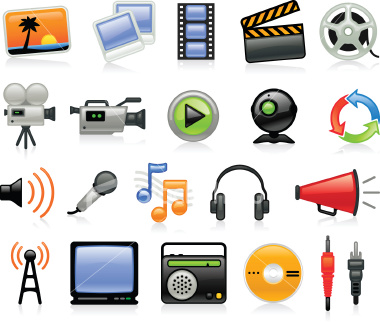EXAMPLE
SCENARIO 1:
Penelope
and Rosetta work together on the Kinseytown High yearbook. They are
usually
friends, but have a heated disagreement over the artwork for the
yearbook’s
cover. During lunch period, Penelope sends a text message to Rosetta
stating
“I’m so mad I can’t even sit near you. Leave me alone today.”
(1)Is
this an example of cyberbullying? Why or why not?
No,
because it is private. Although it is a
form Bullying, leaving Rosetta at a disadvantage, it is not publicized via the
internet.
(2)
If so, what discipline should the school impose? Why?
This
would be a parental issue, where the students will need to discuss their altercation
and feelings. Hopefully they will be
able to devise an apology, and create a solution to their problem. They will work towards agreeing to disagree.
(3)
What are the legal consequences, if any, in this example?
I
do not believe there are any legal consequences. Penelope stated her feelings and removed
herself, telling Rosetta in a private way.
Although Rosetta may have been hurt, the issue should not go beyond the
two of them, at school.
EXAMPLE
SCENARIO 2:
Marla
is a new student at school. In the school computer lab, William sets up a page
on
MySpace called “Marla Go Home!” Several students post derogatory messages
about
Marla’s appearance, calling her a “slob” and a “loser.” Marla sees the page
and
leaves early. She stays at home for several days.
(1)
Is this an example of cyberbullying? Why or why not?
Yes,
this is an example of cyberbullying because it has been created and posted on
the internet. It is now visible to a
worldwide audience.
(2)
If so, what discipline should the school impose? Why?
The
school should identify the creator and the people who posted comments. They should be reprimand these students. I feel that out of school suspension should
be imposed on the creating student and in school suspension should be imposed
on the posting students. Each of the students
should also be asked to write an apology and a paper discussing the effects of
cyberbullying. I feel that they should
also be asked to participate in a class that will help them promote positive
outlets.
(3)
What are the legal consequences, if any, in this example?
The
consequences could be filed under harassment.
Each of these students could be prosecuted for their persecution of
Marla, if her parents seek to do so.

